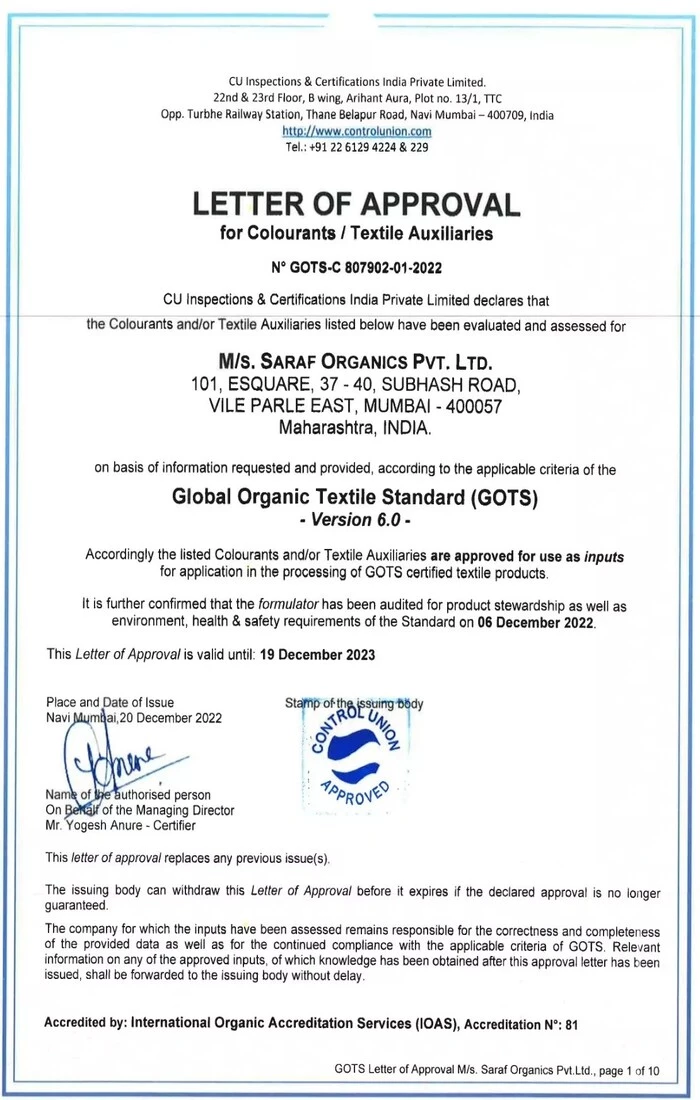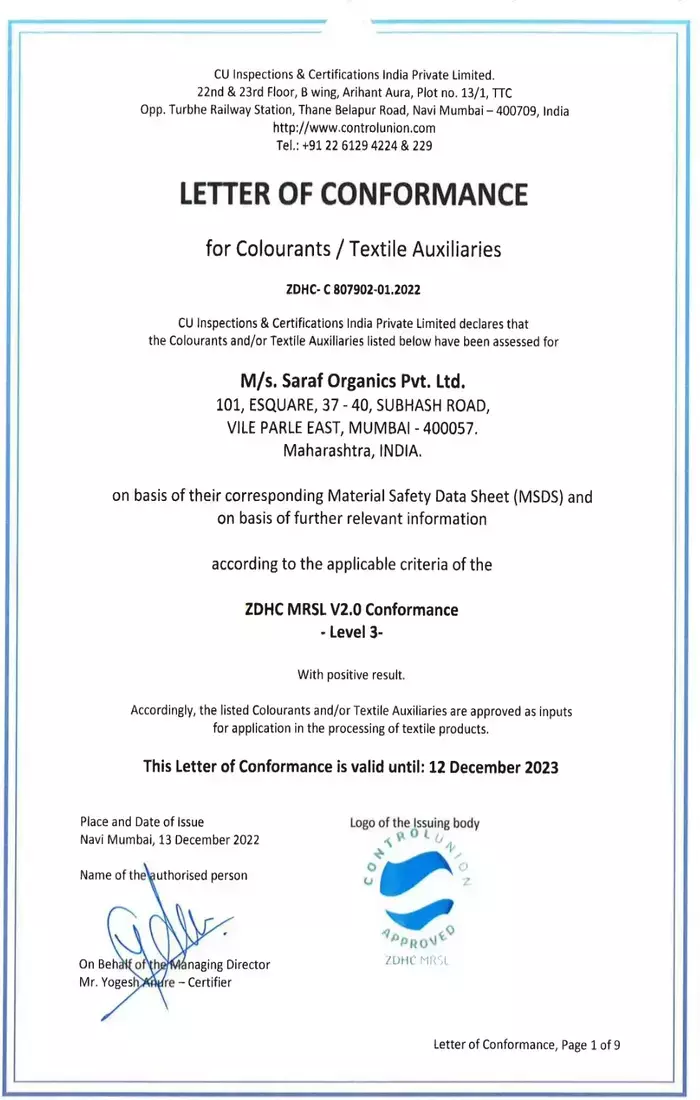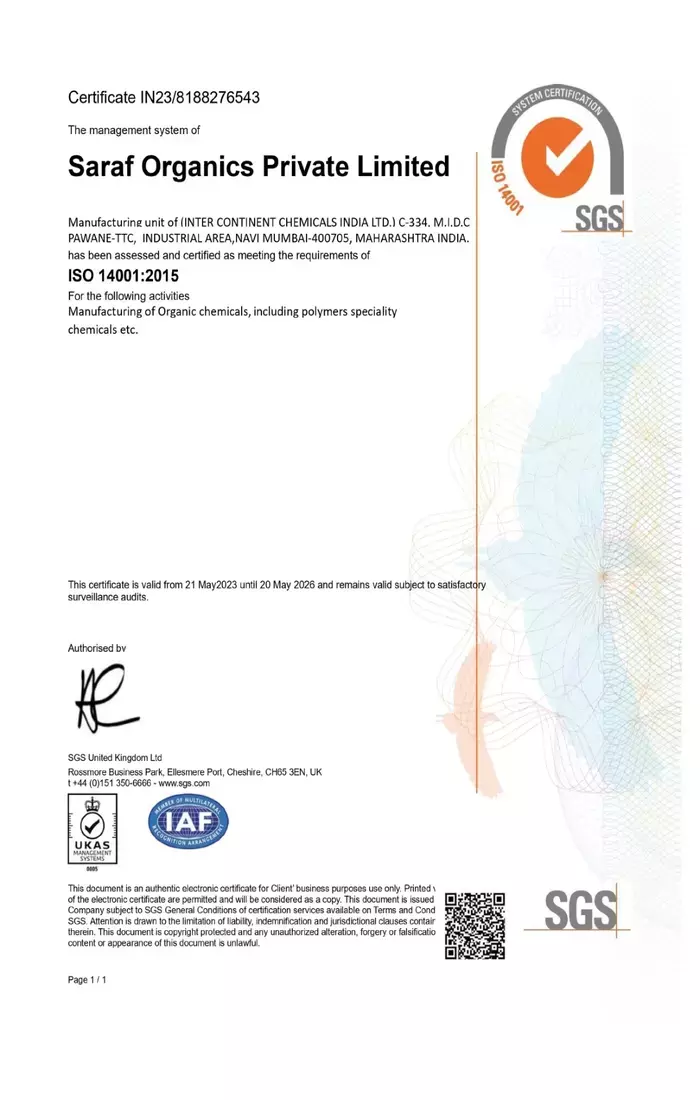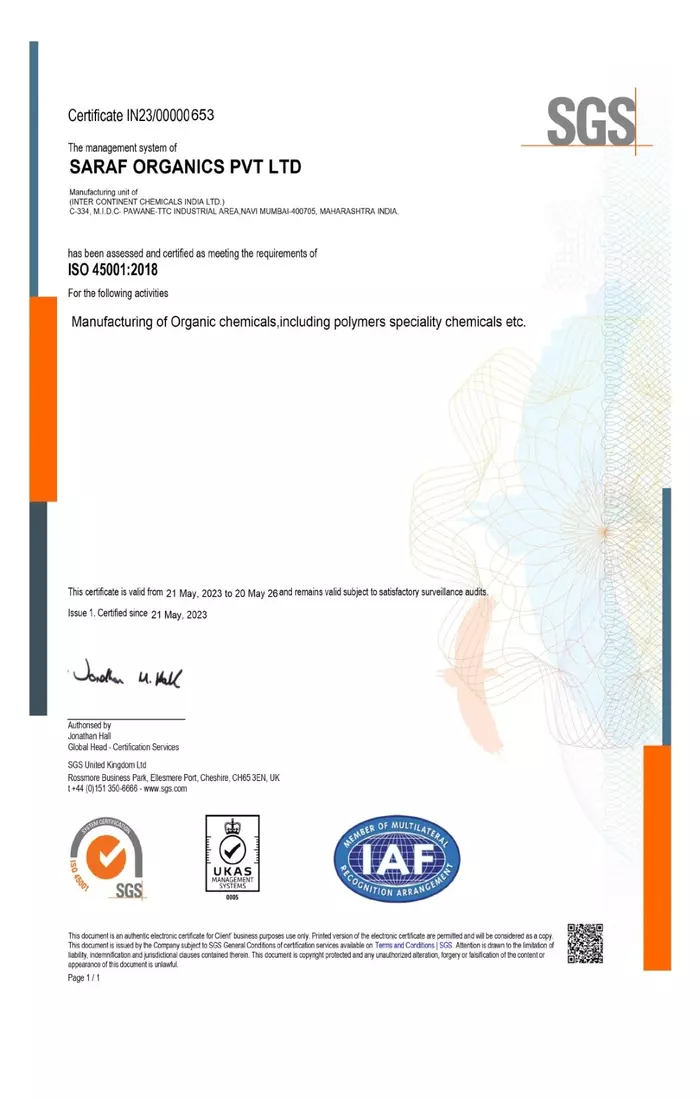- Function
- Application
- Compatibility
- Temperature and pH Considerations
- Durability
- Concentration and Dosage
Polymeric Anti-Tinting Agents
These agents form a polymeric film or coating on the fabric surface, creating a barrier against dye migration.
Surfactant-Based Anti-Tinting Agents
Surfactants can be used to control the migration of dyes by altering the wetting and swelling properties of the fibers.
Biodegradability
The environmental impact of anti-tinting agents is an important consideration. There is a growing interest in developing environmentally friendly formulations.
Regulatory Compliance
Manufacturers must adhere to regulatory standards and guidelines for textile chemicals.
Padding
Anti-tinting agents are often applied through padding methods, where the fabric is immersed in a solution containing the anti-tinting agent.
Exhaust Application
In exhaust application, the anti-tinting agent is applied to the fabric during the dyeing or finishing process.








